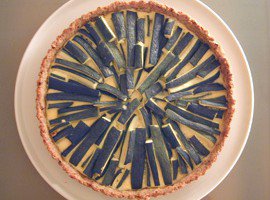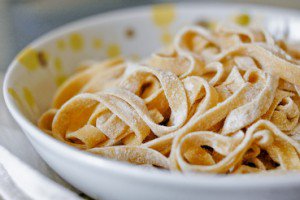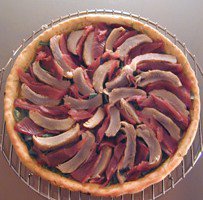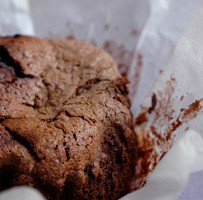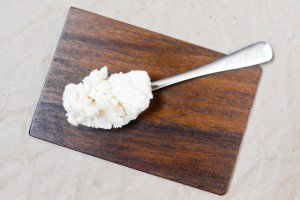As surprising as it may seem, this is the very first savory crust I make from scratch in my entire life. Before that, I would hop gaily to the nearest grocery store for a ready-made, and conveniently pre-rolled dough.
In truth, savory tarts and quiches had sort of fallen out of fashion in my kitchen, because they are so ubiquitous they just didn’t excite me that much. But my recent return into the world of tartes salées, after more than a year of tragic disaffection, was met with rave reviews (I have kind friends) and converted me back.
So when Marion came for dinner last week, I thought I would make another tart. I could have used the last portion of the hazelnut-thyme dough in the freezer, but I have solemnly promised my neighbor Patricia that I would use it in a tart for her and I am a woman of my word, so that was out.
Instead, I decided to try my hand at a simple, straightforward pâte brisée, and started looking for a recipe. You’d think the world could reach a consensus at least on such a simple question, but oh no. No no no. Every new recipe was different from the previous one, my head was starting to spin, I was on the brink of discouragement (and let me tell you, I have seen more comfortable brinks), when suddenly I saw the light. And in the light, I recognized a familiar, friendly face: it was Pascale! Of course! Pascale was sure to have a reliable recipe for pâte brisée!
And indeed she did, complete with the helpful and thorough instructions she always takes the time to give. And that dough was a breeze to make, so soft and fresh it felt alive (oh my god it is alive!). It proved laughably easy to handle and roll out, and the resulting crust wowed us with its delicately flaky texture and wonderful taste. Merci Pascale!
[As for the tart that was made with the crust, read on!]

Have you tried this? Share your pics on Instagram!
Please tag your pictures with #cnzrecipes. I'll share my favorites!
Ingredients
- 200 grams (7 ounces) all-purpose flour
- 1/2 teaspoon fine sea salt
- 125 grams (4 1/2 ounces) unsalted butter, diced -- cold if using a food processor, at room-temperature if you're mixing the dough by hand
- 1 large egg
- a little ice-cold water
Instructions
- Put the flour and salt in a medium mixing-bowl and form a well in the middle. Add the diced butter and beaten egg into the well.
- Rub them into the flour with a pastry blender or the tips of your clean fingers.
- Tip onto a work surface, add in a bit of cold water, and knead the dough into a ball, taking care to handle it lightly.
- In the bowl of the food processor, combine the flour, salt, and butter. Run it for about 10 seconds, until you get a breadcrumb consistency.
- Add in the egg and mix again until it forms a ball. If the dough is still a little dry, add in a little water, a tiny splash at a time, until the dough comes together. (If you've added too much water, fret not, compensate with more flour.)
- Transfer the dough into a bowl, and let rest for a few minutes.
- Roll the dough out on a floured surface, and transfer to a greased 25-cm (10-inch) tart or quiche pan.
- Prick the bottom and sides with a fork. Cover with plastic wrap and let rest in the fridge for 30 minutes to 1 hour. (Pascale notes that unlike most recipes suggest, she prefers to let the dough rest after she has rolled it out, because it is easier to handle when freshly made.)
- You can freeze the dough at this point if your pan is freezer-safe; wrap in a plastic bag.
- Most savory tart recipes call for parbaking the dough: this is called cuisson à blanc in French, and it consists in baking the dough on its own first, because it won't bake as well once the filling is in place. Preheat your oven to 180°C (360°F), take the dough out of the fridge or freezer and bake for 10 minutes (15 if frozen), or until pale golden.
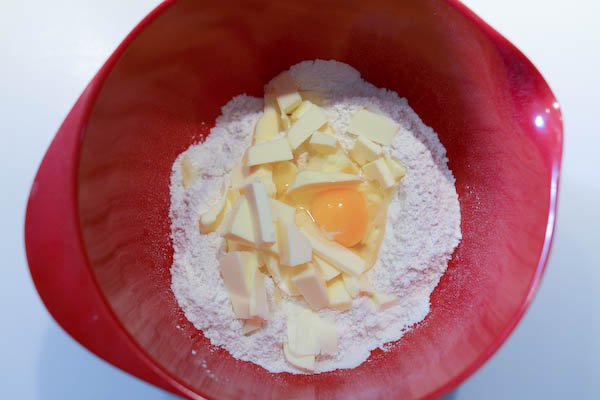
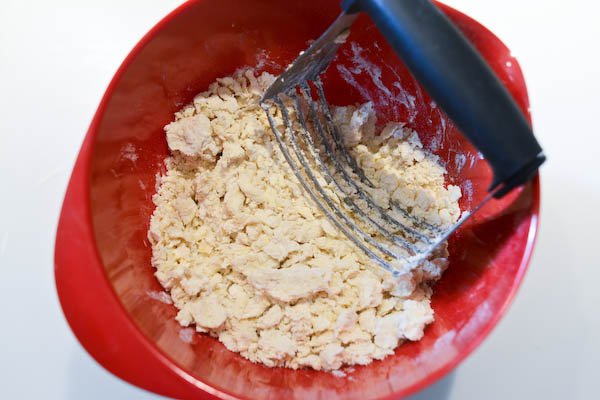
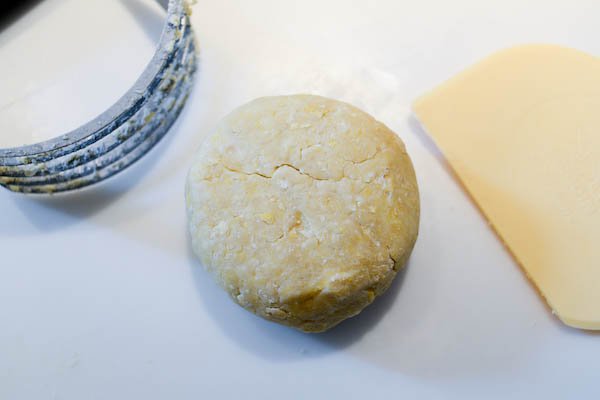
Notes
- Translated and adapted with Pascale's kind permission.
- To prevent the dough from rising as it parbakes (a problem that doesn't arise as much when you bake it from frozen), some recipes have you cover the dough with baking parchment and baking beans. But this is sort of a pain (especially when you want to remove those piping hot little beans when the dough is ready) and I have also noticed that the bottom of the dough doesn't bake as quickly as the sides, which can be a problem. Once again, Pascale rushes to the rescue with her own unorthodox (her word) way of doing it, which is to open the oven door and press down on the rebel dough with a (clean) kitchen glove.



